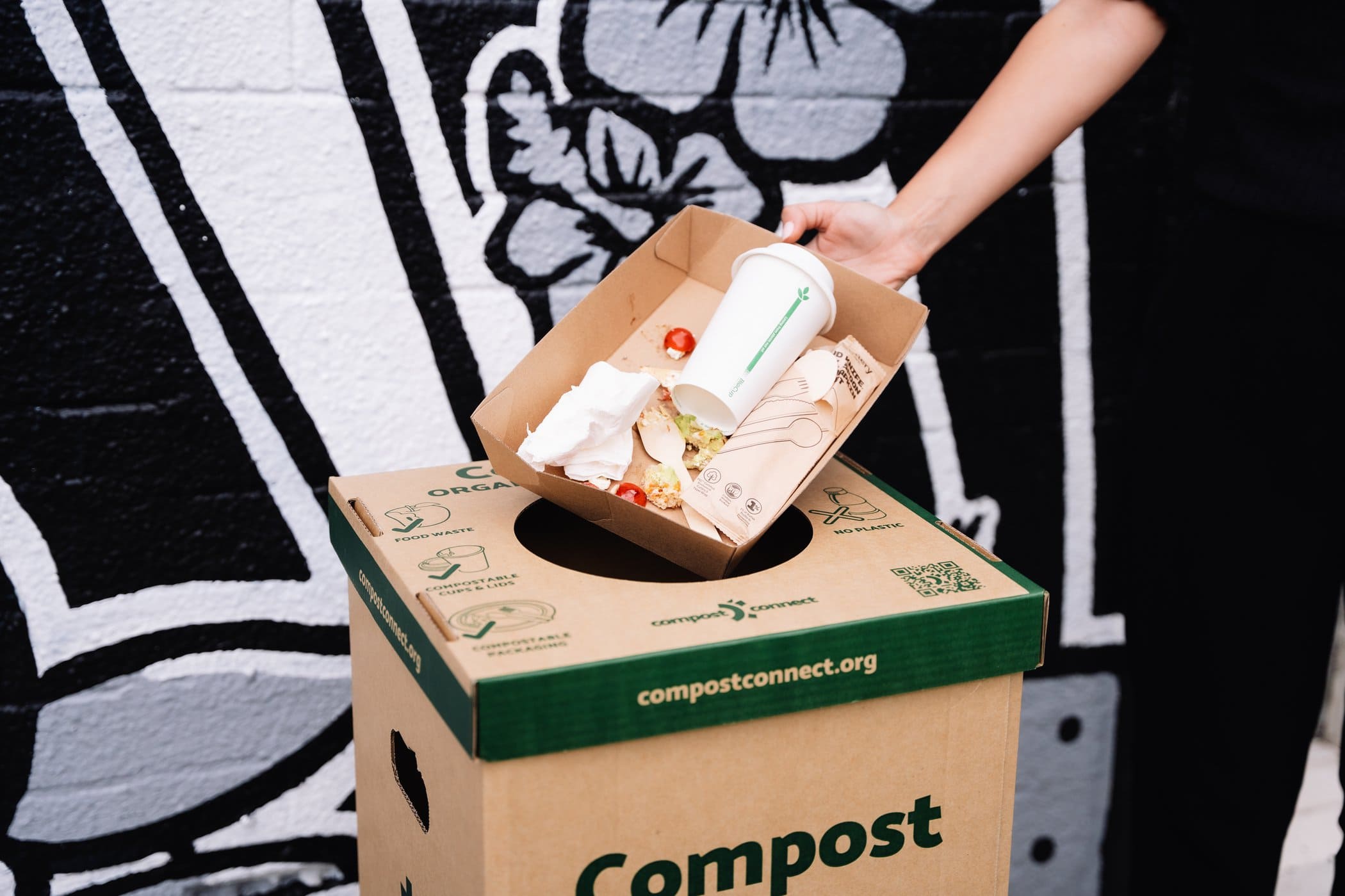In recent years, compostable packaging has gained increasing popularity as a sustainable alternative to traditional materials. However, there is still considerable misunderstanding about its true purpose and effectiveness. Contrary to the common belief that recyclability is the primary goal, compostable packaging is designed to address specific issues related to food waste and recycling contamination. Here’s a detailed look at the role compostable packaging plays in creating a more sustainable waste management system.

The True Purpose of Compostable Packaging
Compostable packaging is not just about being recyclable; its main objective is to divert food waste from incineration and turn it into valuable compost. This process prevents food from contaminating recycling streams, thereby helping to maintain the integrity of recycling systems. By integrating with food waste, compostable materials ensure that food, liquids, and food-stained items can all be disposed of in a single bin, keeping recycling streams clean and dry.
Targeting Specific Applications
Compostable packaging focuses on addressing challenges in three main areas where recycling is problematic due to contamination: fruit labels, tea bags, and foodservice packaging.
1.Fruit Labels
Traditional fruit labels are often made from non-compostable materials that can cause issues during recycling. Compostable labels ensure that organic waste from fruits can be composted along with the labels, reducing contamination.
2.Tea Bags
Many tea bags contain non-compostable materials that can disrupt the recycling process. Compostable tea bags ensure that the entire tea bag, including its contents, can be processed in composting systems, improving the quality of the compost.
3.Foodservice Packaging
Currently, most foodservice packaging ends up in incineration due to contamination from food. Compostable foodservice packaging allows for the collection of food waste and packaging together, reducing the need for incineration and creating a closed-loop system where food waste and packaging are transformed into nutrient-rich compost.
Environmental Impact and Future Prospects
The current cycle of resource extraction—growing crops for food, extracting oil for plastics, cutting down trees for packaging, and incinerating waste—contributes to CO2 emissions and soil degradation. Compostable packaging, such as products from a sugarcane tableware supplier such as 6 inch burger box , helps break this cycle. Items like bagasse food trays and compostable burger boxes minimize reliance on petroleum-based plastics and integrate with composting systems, promoting sustainability. Despite growth in recycled materials and Extended Producer Responsibility, the effectiveness of these systems depends on reducing contamination and improving waste management.
Conclusion
Compostable packaging plays a crucial role in addressing specific challenges in waste management. By diverting food waste from incineration and preventing contamination of recycling streams, compostables contribute to a more sustainable and efficient waste management system. As the industry continues to evolve, it is essential to recognize the true purpose of compostables and support their role in creating a closed-loop system that benefits both the environment and the economy.